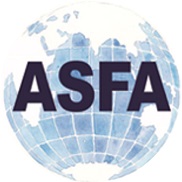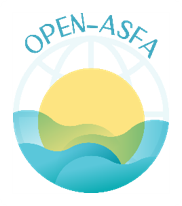Etude quantitative et qualitative des metallothioneines chez la daurade 'Sparus aurata' exposee aux metaux lourds
DOI:
https://doi.org/10.71754/instm.bulletin.v36.643Keywords:
Sediment pollution, Bioaccumulation, Pollutants, Heavy metals, Pollution effects, Cadmium, Biomarkers, Toxicity tests, Gills, Metal Concentration, Trace metals, Animal organs, Sparus aurata, Marine, TunisiaAbstract
Marine ecosystem is threatened by increasing levels of various pollutants originating from human activities, urban, agricultural and industrial discharges. Such situation endangers health of organisms inhabiting marine ecosystem. Among anthropogenic contaminants, heavy metals were widely detected in sediments at different orders of magnitude. Investigation heavy metals organotropism for exposed organisms is a very important since let to comprehension of pollutant behaviour (Geret, 2000). Levels of metallothionein (MTs), (biomarker of metal exposure) were determined in Sparus aurata intraperitoneally injected with 500µg/Kg of Cu and Cd for 2 days. MTs levels and metal concentrations (Cd and Cu), were determined in liver, gills and kidney. MTs levels increased significantly in all tissues with highest level in liver with (3.56 fold and 3.39 fold of Cu and Cd respectively). Metal concentrations were significantly different between investigated tissues. Highest Cd and Cu concentrations were observed in liver. Higher MTs induction levels in different tissues of treated fishes support the main role of MTs in metal homeostasis and detoxification. Else MTs analysis by spectroscopic of impedance showed that copper was stronger MTs inducing than the cadmium.












